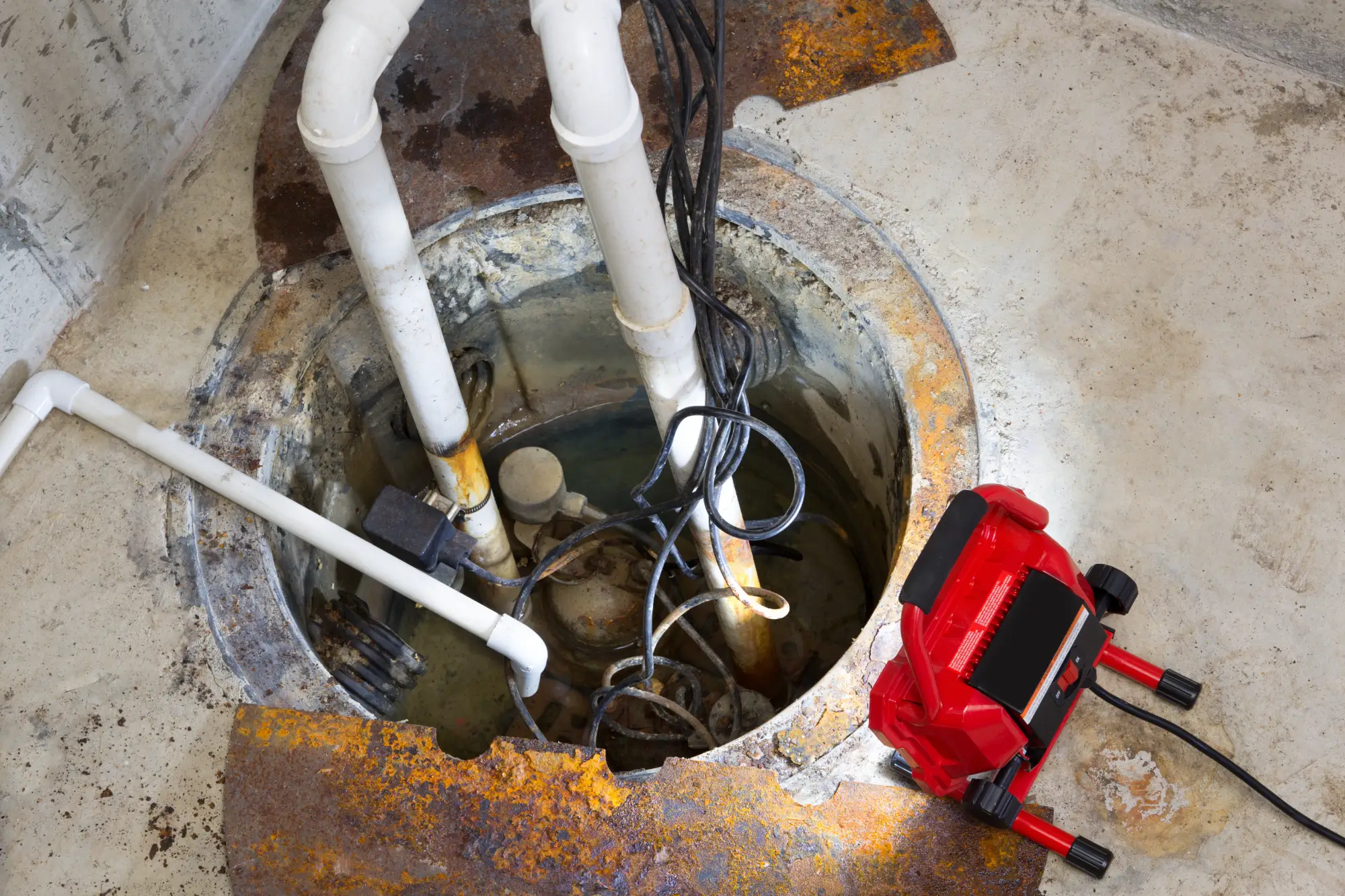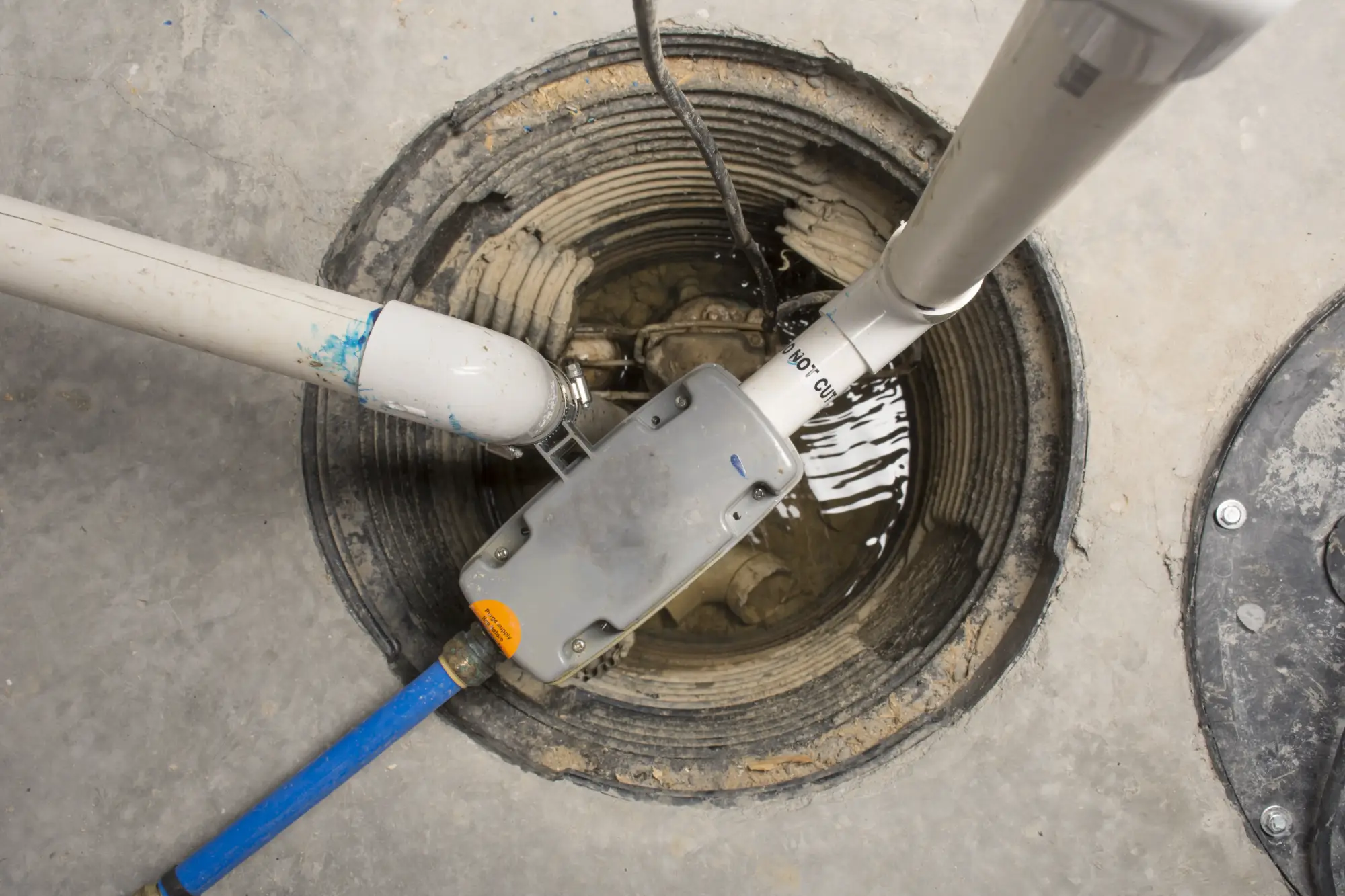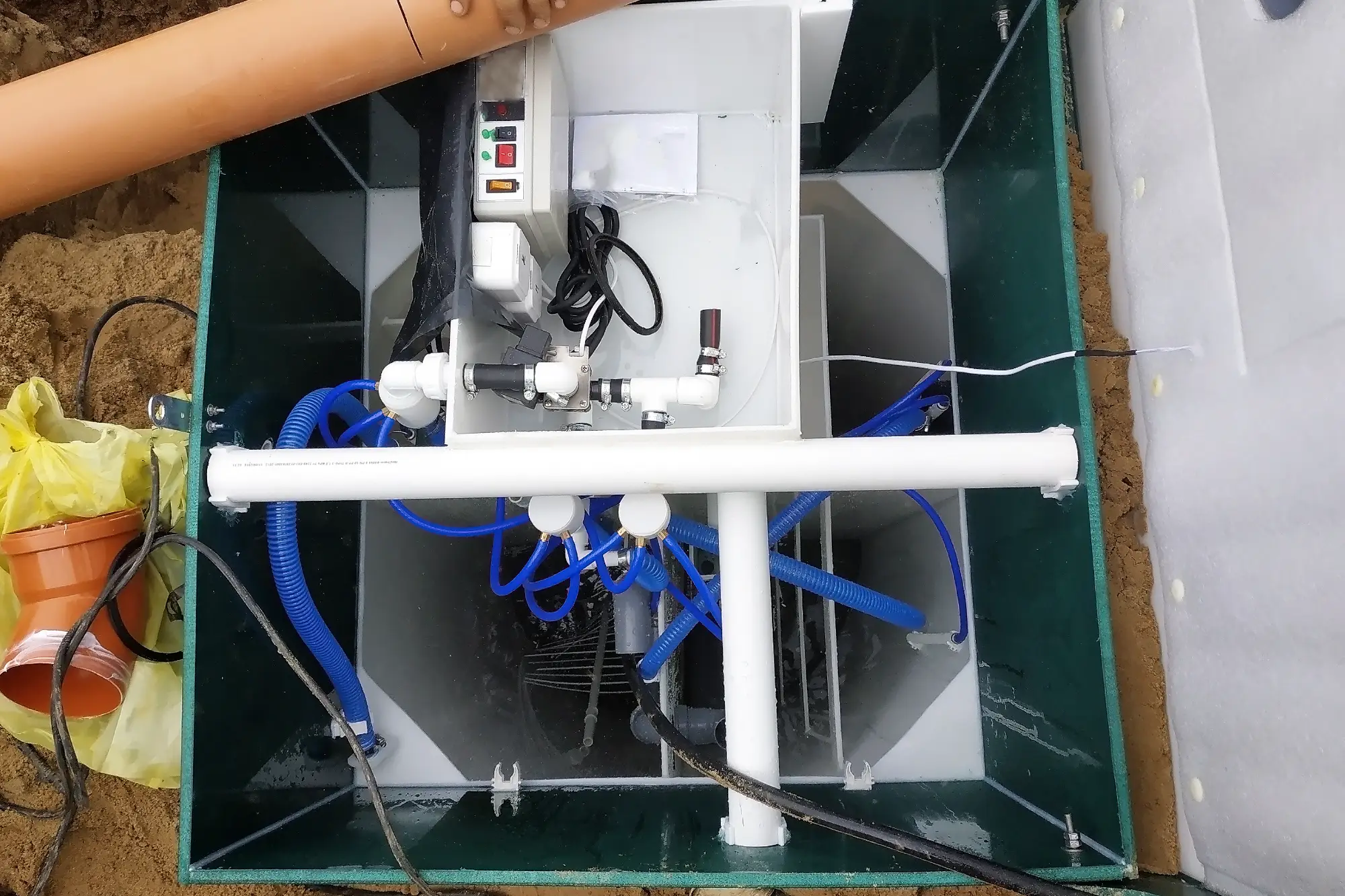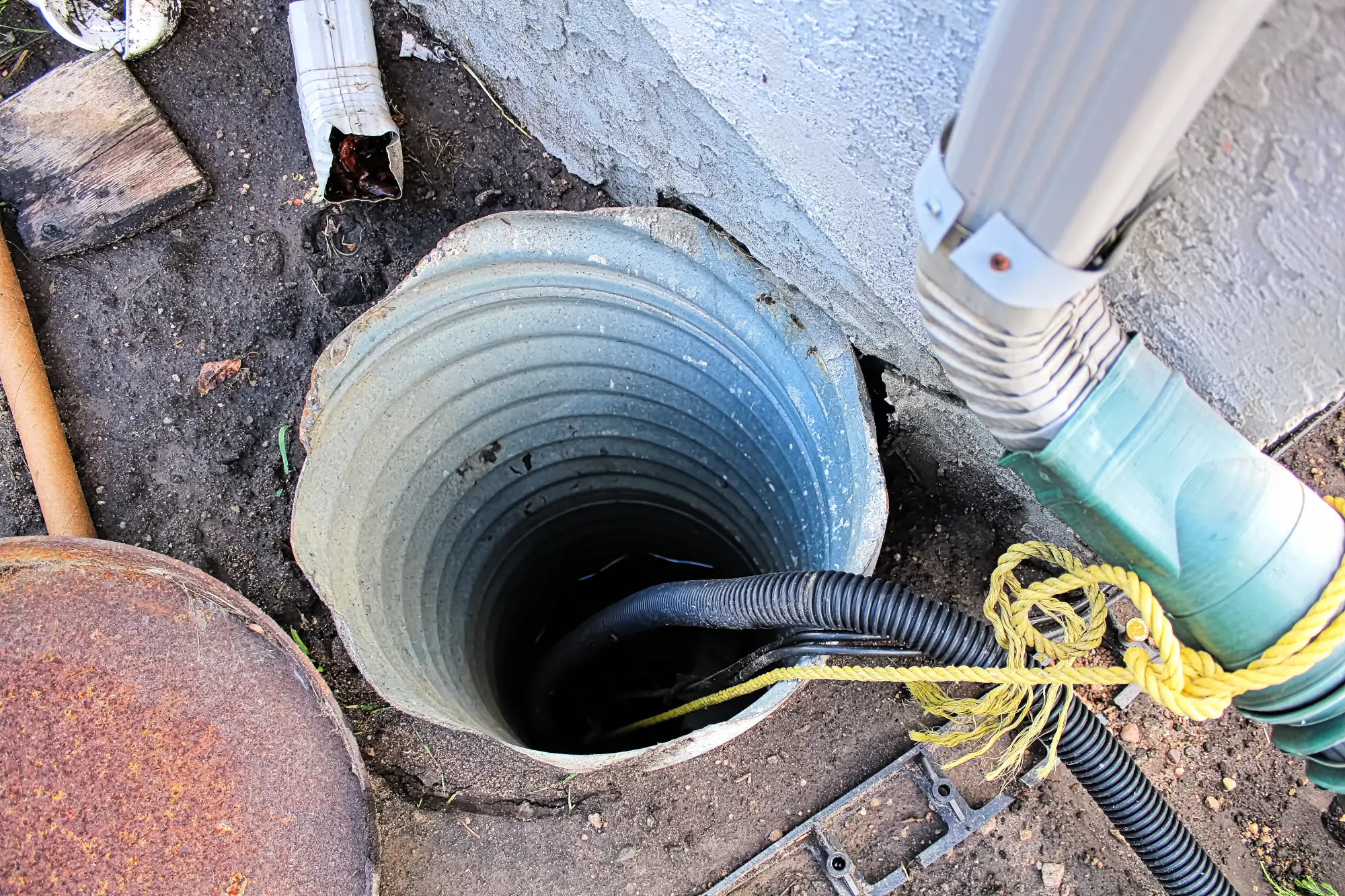Sump Pump Installation in Melville, NY
Stop Basement Flooding Before It Starts
Professional sump pump installation that keeps your basement dry, your belongings safe, and your stress levels down.

Hear About Us

Basement Protection Melville NY
You sleep better during storms. Your basement stays dry, your belongings stay safe, and you stop worrying about what you’ll find when you head downstairs after heavy rain.
A reliable basement sump pump system means no more scrambling with buckets and shop vacs. No more throwing away water-damaged items or dealing with that musty smell that never quite goes away.
Your basement becomes usable space again. Whether it’s storage, a workshop, or finished living area, you can actually trust it to stay dry when you need it most.
Sump Pump Installation Company Melville
We’ve been handling basement water problems across Nassau County for years. We understand how Long Island’s high water table and seasonal weather patterns affect your home.
We’re not the guys who show up, install whatever’s cheapest, and disappear. We size systems properly, install them right the first time, and make sure they’ll work when you actually need them.
Every installation meets local codes and comes with the permits and warranties you’d expect from a legitimate contractor.

Sump Pump Installation Process
First, we assess your basement’s specific drainage needs. Every home is different, and cookie-cutter solutions don’t work. We measure water flow patterns, check your existing drainage, and determine the right pump capacity and placement.
Next, we excavate the sump pit in the optimal location. This isn’t guesswork – we position it where water naturally collects and where the discharge line can route efficiently away from your foundation.
Then we install your basement sump pump system with proper electrical connections, backup power options if needed, and discharge piping that actually moves water far enough from your home. We test everything thoroughly before we leave.

Ready to get started?
Explore More Services
About Diamond Masonry & Waterproofing
Get a Free Consultation
Custom Sump Pump Solutions Melville
You get a properly sized pump that can handle your basement’s water volume. Not an undersized unit that burns out, not an oversized one that cycles constantly and wears out early.
We install high-quality sump pumps from manufacturers we trust, with discharge systems that move water well away from your foundation. Battery backup systems are available for homes that lose power during storms.
Every installation includes proper electrical work, permits where required, and a thorough explanation of how your new system works. We also handle sump pump replacement when your existing unit fails or isn’t keeping up with your needs.

How do I know if I need a sump pump in my Melville basement?
What size sump pump do I need for my basement?
How long does sump pump installation take?
Do I need a battery backup sump pump system?
How often do sump pumps need replacement?
Where does the water go when the sump pump runs?
Local Resources
- Google Map Link
- Find the Melville, NY USPS
- Locate Nearby Melville, NY Pharmacies
- View the Current Weather in Melville, NY
- Melville, NY is located in Suffolk county in New York State